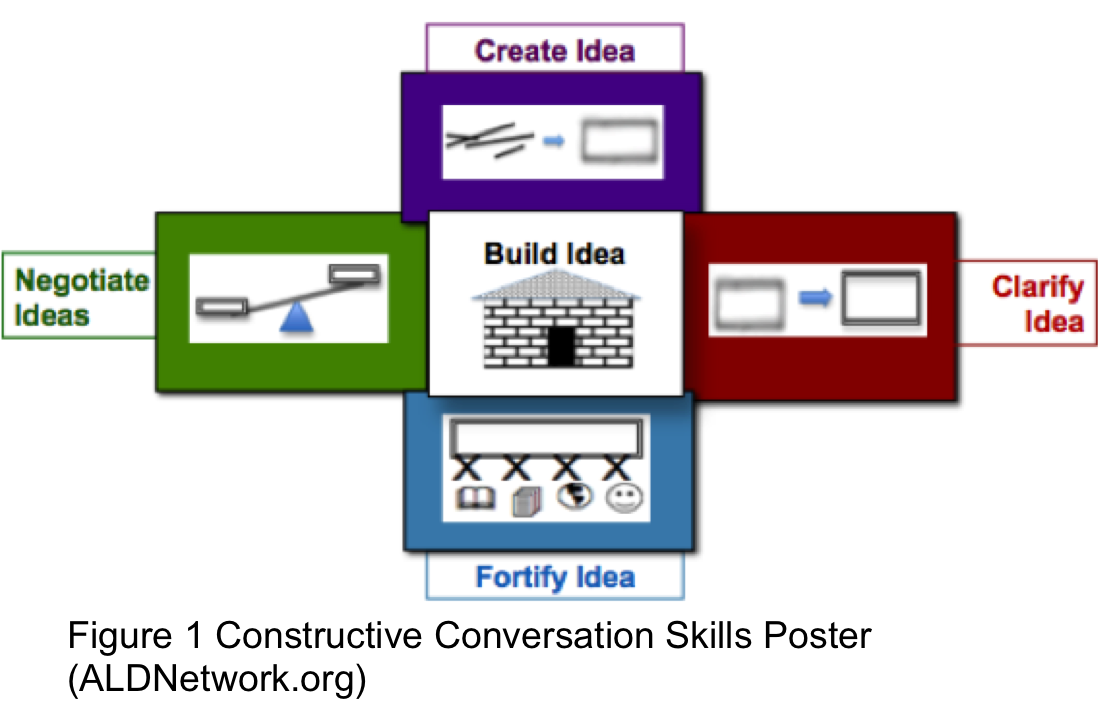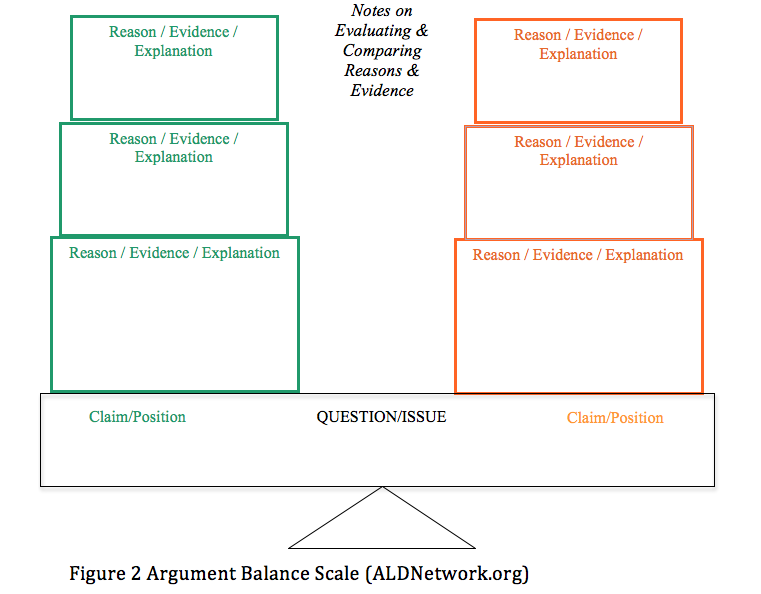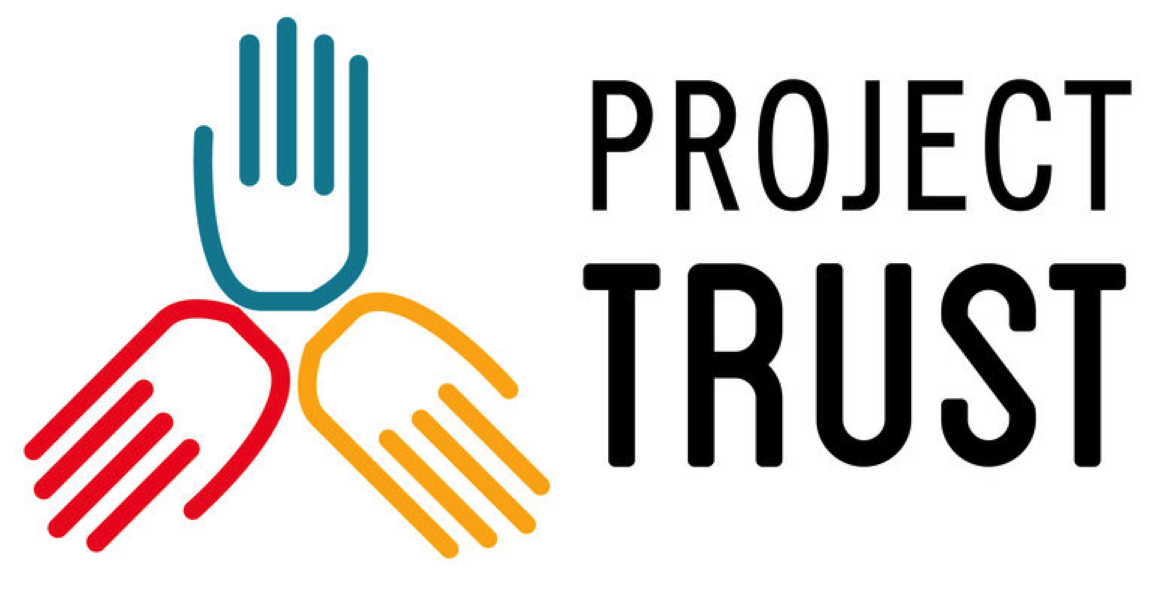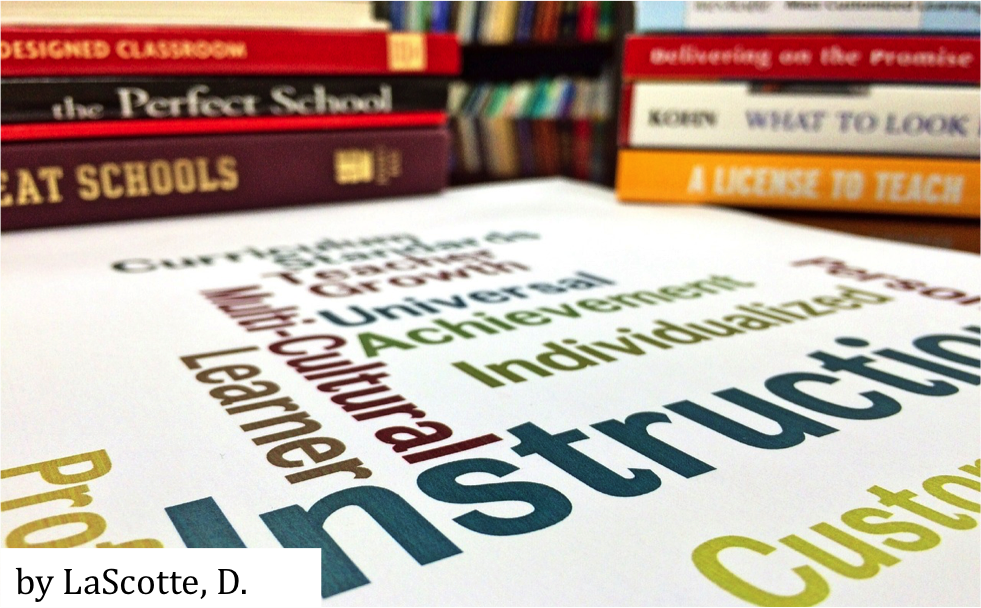In this invited piece the authors describe strategies for incorporating “classroom conversation” to prepare learners the communication rigors of college and beyond. The article describes necessary conditions for effective classroom conversations and provides strategies to support them in the classroom.
This article was previously published as “Conversing to Fortify Literacy, Language, and Learning” by Jeff Zwiers, Susan O’Hara, and Robert Pritchard, Voices from the Middle, Volume 22, Number 1, September 2014. Copyright © 2014 by the National Council of Teachers of English. www.ncte.org. Used with permission.
“I already know the answer.
Why do I have to talk to a partner?”
–Nora, 6th grade
How would you respond to Nora’s comment?
You probably thought of how to convince Nora that she can learn from others and that they can learn from her. And this would be a good start. Yet the “response” that needs to happen in this and similar settings is a much deeper one, a transformation of both what and how students are taught. Nora has been immersed in hundreds of lessons that have focused on short, right answers. She has been asked to fill in blanks, fill in boxes, fill in lines, and choose the right letter on tests and several trees worth of worksheets. She has come to believe that the purpose of talking to others in school, when allowed at all, is to give or get answers.
Interaction, dialog, conversation, discussion, discourse, collaboration, and talk have become increasingly popular terms in recent years, particularly with the advent of the Common Core State Standards. In the 21st and future centuries, students will need to be able to jointly build complex ideas and solve problems by talking to one another. Yet, as Nora’s comment points out, we still need to overcome several challenges related to using and building student talk in school. And these challenges are particularly relevant for language arts teachers in middle grades, when texts and concepts tend to take an extra leap in complexity and abstractness.
Moreover, in schools that have lived in constant fear of sanctions for low test scores, large numbers of English learners have suffered the slings and arrows of lessons filled with test preparation, word meanings recitation, and grammar rules memorization. As a result, too many students have lost interest in learning, and many others, if they do graduate, lack key communication and thinking skills needed for college and career.
To better prepare students like Nora for the communication rigors of college and beyond, we have identified several necessary conditions for effective classroom conversations and possible ways to create them in the classroom. We use the term “classroom conversation” in this article to refer to paired interactions in which students build on one another’s turns to build up ideas in a non-scripted manner.
Challenge #1: Valuing Talk
Nora doesn’t seem to value talking to learn. But is it her fault? Tests haven’t valued it. Curricula, lessons, and teachers, for the most part, haven’t valued it. And yet, conversations are highly valuable for many reasons, three of which are described in this section.
Conversations support reading. As students converse with partners, they practice interacting, questioning, clarifying, paraphrasing, critiquing, making inferences, comparing, challenging ideas, building up understandings, and fortifying positions. Some even call this interacting with the text (Rosenblatt, 1995). Thus, interacting with people can strengthen students’ reading comprehension skills, especially those struggling readers who view reading as a passive “decode the words without stopping and hope it all sinks in” process.
Conversing supports writing skills. In a conversation, partners need to continue clarifying ideas for partners. They get immediate feedback on how clear their idea is and can make adjustments, often adding information or defining their terms. They also fortify and support their ideas with evidence and examples. When, for instance, a student tells her partner a sentence that proposes the use of symbolism in a story, and then she follows that sentence with sentences describing examples from the text, she has practiced, orally, the crafting of a logical paragraph—just as we want to see in students’ writing.
Conversing supports language development. Producing linguistic output and interacting with others are vital for language development (Swain, 1985; Long 1981). Paired conversations offer the most “practice opportunities per minute” for forming original and authentic messages. The more chances the brain has to put words together into sentences and connect them to convey and clarify ideas, the better it gets at using language.
Condition #2: Focusing Less on Short Answers and More on Whole Ideas
Let’s consider the “know the answer” part of Nora’s response above. This answer-focused paradigm of education is deeply rooted in students, teachers, assessments, and curricula. Much of it stems from the “factory” or “banking” view of teaching that considers a person’s education to be an accumulation of facts and right answers, most of which are “short,” meaning that they can be answered with one word, one sentence, or choosing an option on a test. Short answers tend to be more easily tested and taught. For example, teaching the meanings of terms such as onomatopoeia, irony, denouement, and foreshadowing tends to be easier than teaching students to use criteria to evaluate and argue the strength of evidence supporting a theme in a novel.
In many classrooms, teachers have students answer orally in order to test their knowledge. Students’ responses are often just for “display,” to show what they have learned, not to communicate an idea for a purpose and not to put an idea out there for it to be built upon or challenged. Because of this focus on answering with short answers for points, students have learned not to push themselves to clearly communicate their ideas. They say the minimum and tend to depend on prompting by the teacher for elaboration and justification. Yet to reach a wide variety of new standards, and to do well in life, students need to be able to orally communicate longer, more complete messages that contain complex ideas. And to do this, they need numerous opportunities to practice putting thoughts together into oral messages.
We must put into practice what John Dewey tried to tell us over 100 years ago: “Were all instructors to realize that the quality of mental process, not the production of correct answers, is the measure of educative growth, something hardly less than a revolution in teaching would be worked” (Dewey, 1916, p. 183). Thus, we must prepare and prompt students to do things that require “long answers.” These are ideas and understandings that require students to use (a) thinking skills that we want them to use in English classes, such as interpreting, supporting ideas, and applying; and (b) original, complete sentences that connect to one another.
Opinion Formation Cards
An activity that helps students fortify their oral communication skills is Opinion Formation Cards (Zwiers, O’Hara, & Pritchard, 2014). On each card is a quotation from an argument-based text. Often there are three cards supporting one side of the issue and three supporting the other side. Each student receives a copy of one of the six cards. Students are presented with the issue such as “Should middle school students take more classes online?” and are asked to begin forming their opinion. They don’t need to agree with their card’s idea, but they should be able to respond to it. The teacher models how to use complex sentences and how to link supporting sentences with appropriate transitions, pronouns, and noun phrases. They then share their evolving opinion with three different peers. Here is the crucial feature of the activity: with each successive partner they must augment what they say and how they say it. That is, they must improve the quantity and quality of their opinions in each conversation by using the language and ideas of previous partners, as well as the modeling and feedback from the teacher.
Condition #3: Focusing Less on Talking to and More on Conversing with
Now let’s look at the “why talk to a partner” part of Nora’s response. First of all, there is a difference between talking to and talking with another person. Talking to is one-way transmission of information. It is best for short answers, definitions, facts, etc. We see talking to often in activities such as think-pair-shares and jigsaws. Students tell or read aloud their information to others. Conversely, conversing with means building ideas together. It means a two-way process in which students co-construct, co-fortify, and negotiate ideas to form new knowledge and understandings. It requires building students’ abilities to orally communicate with others in academic ways—to “think together,” as Mercer (2000) puts it.
We call interaction the fifth language domain. Listening and speaking are two of the famous four (reading and writing being the other two), but interaction involves much more than just listening plus speaking. You need to: build ideas in collaboration with others in real time, follow conversation norms, clarify and negotiate meanings, and both direct and follow the flow of the conversation.
Constructive Conversations
Lisa: I think the theme is being honest.
Edgar: I think it’s don’t judge a book cover.
Lisa: OK.
Edgar: It could be about friendship.
Lisa: Yeah. That one works.
The overabundance of non-constructive conversations like this one in upper grades fuels the urgency of oral language development work through high school. In response to this urgency, we have been working with teachers to help students build four focal skills for what we call “constructive conversations.” The four skills are creating, clarifying, fortifying, and negotiating.
 These work together to help students build ideas within a conversation, as shown in Figure 1. The visual reminds students of the skills they can use as they talk, and the symbol in the center reminds them to build one idea as much as they can before moving on. Edgar and Lisa might have benefited from this visual tool.
These work together to help students build ideas within a conversation, as shown in Figure 1. The visual reminds students of the skills they can use as they talk, and the symbol in the center reminds them to build one idea as much as they can before moving on. Edgar and Lisa might have benefited from this visual tool.
Each conversation skill can be taught with focused activities, scaffolds, and practice opportunities.
One helpful scaffold for teaching negotiation of ideas is the Argument Balance Scale from www.ALDNetwork.org and shown in Figure 2 (Zwiers, O’Hara, & Pritchard, 2014). It shows students what we do in our minds as we assign values, or “weights,” to different reasons and their evidence. (Click on the image to better view it.) In their conversations, they try to agree on how big or small the boxes are, according to the strength of their evidence. They then compare the points on both sides to come to an agreement on which side is heavier.
Students in a ninth grade English class used the scale to decide which theme from To Kill a Mockingbird was most apparent in the text. Here is a snippet from one paired conversation that followed a class discussion used to surface several ideas for themes.
Leonel: I think like the heaviest is doing the right thing.
Daisy: Why?
Leonel: Atticus knows he’s gonna lose the case with Tom.
Daisy: And it’s dangerous for him and his kids. But I think it’s don’t be racist. It’s heavy cuz being racist is really wrong. Look at what happened to Tom!
Leonel: Yeah. And like Ms. Seeley said, Tom was like an example of lots of others.
Daisy: So what’s heaviest?
Leonel: I don’t know. If you don’t be racist, then you don’t need people like Atticus to do the right thing. It depends.
Daisy: Do the right thing is not being racist.
Even though Daisy and Leonel didn’t quite reach a decision, they were creating and building important ideas that will help them become skillful thinkers and communicators over time. Our work is cut out for us, though, if we want to hear conversations like this between our students. We must move the focus of our teaching and assessments from finding and accumulating answers to co-constructing and strengthening ideas.
Teachers play a key role in supporting and guiding conversations in school. In the early stages, we recommend that teachers take the time to model and show models (transcripts and video) that show students what they can and should do with ideas in a conversation. But as soon as possible, students must be given the tools and skills needed to build ideas with partners without the teacher’s training wheels. This means that teachers need to “gradually release” to students the responsibility for running their conversations on their own (Fisher & Frey, 2008).
Conclusion
The three conditions for effective classroom conversations overlap and support one another, and they are vital not only for developing students’ literacy skills, but also for fostering the growth of their abilities to communicate with others. It is our hope that Nora and many students like her will benefit from lessons that value conversations with others as ways to build and learn important ideas in each discipline.
References
Dewey, J. (1916). Democracy and Education. New York: The MacMillan Co.
Fisher, D., & Frey, N. (2008). Better learning through structured teaching: a framework for the gradual release of responsibility. Alexandria, VA: ASCD.
Long, M. (1981). Input, interaction and second language acquisition. In H. Winitz (Ed.), Native Language and Foreign Language Acquisition. New York: Annals of the New York Academy of Science.
Mercer, N. 2000. The guided construction of knowledge: Talk amongst teachers and learners. Clevedon, UK: Multilingual Matters.
Rosenblatt, L. M., (1995). Literature as exploration. New York: The Modern Language Association of America.
Swain, M. (1985) Communicative competence: Some roles of comprehensible input and comprehensible output in its development. In S. Gass and C. Madden (eds.), Input in Second Language Acquisition. Rowley, MA: Newbury House Publishers, Inc. 235-253
Zwiers, J., O’Hara, S., & Pritchard, R. (2014). Common Core Standards in diverse classrooms: Essential practices for developing academic language and disciplinary literacy. Portland, ME: Stenhouse.








